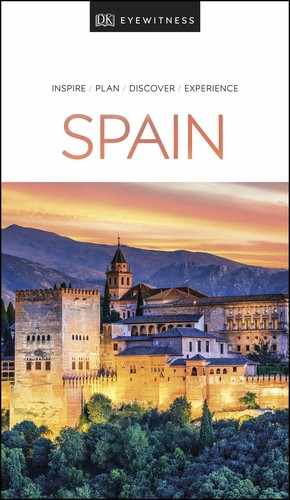Experience
Designed by Ludwig Mies van der Rohe (1886–1969), director of the avant-garde Bauhaus school, and his close collaborator Lilly Reich (1885–1947) for the International Exhibition of 1929, the German Pavilion’s modern and simple lines must have shocked its first visitors. The pavilion is characterized by fluid, glassy spaces, in which the boundaries between inside and outside were blurred, and made use of materials like marble and onyx. This was enhanced by highly polished façades and extensive use of tinted glass. Two pools are set into the pavilion’s surroundings, one of which is overlooked by a bronze statue entitled Alba (Dawn) by Georg Kolbe.
Unlike other pavilions at the exhibition, it was conceived as a place of rest and tranquillity for visitors rather than as a gallery. Nothing was displayed within its walls except the Barcelona Chair, now an icon of Modernisme, which has a stainless-steel frame and a leather seat. The original was made of ivory-coloured pigskin, and was designed specifically for the Spanish royal family to rest in after they had explored the exhibition’s pavilions.
The pavilion was intended to be a temporary structure, and was dismantled after the exhibition, but then painstakingly rebuilt in the 1980s using the same materials.

Picture Perfect
Dawn Chorus
The best place to get the perfect shot of Alba is to stand at the opposite end of the pool, where you can get a picture of the statue reflected not just in the water, but also in the glass façade of the pavilion.
Housed in the Renaissance- inspired 1929 Palace of Graphic Arts, this museum shows artifacts from prehistory to the Visigothic period (AD 415–711). Highlights are finds from the Greco-Roman town of Empúries, Iberian silver treasure and Visigothic jewellery.
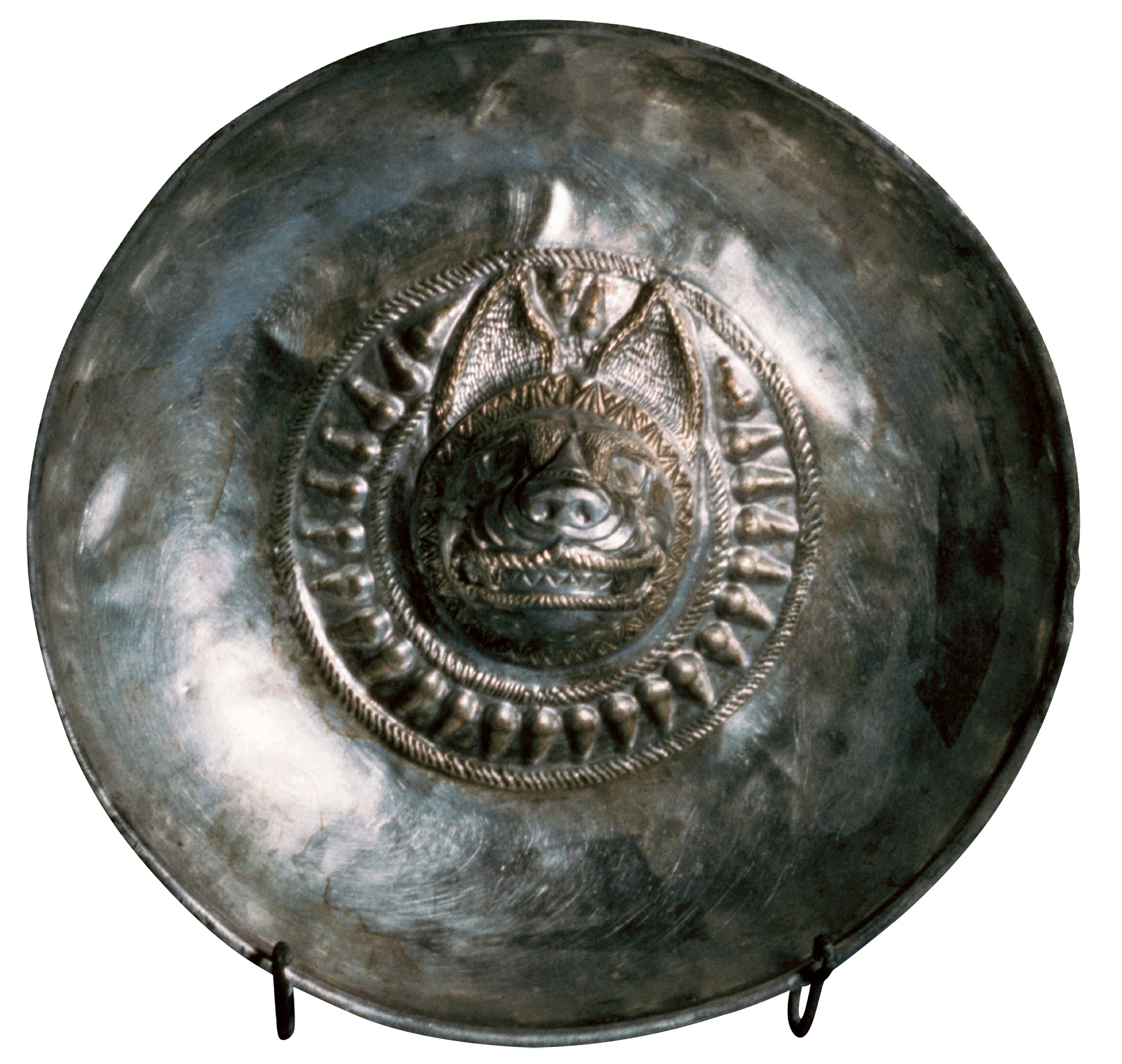
t Silver libation bowl with wolf detail, at the Museu Arqueològic
EXPERIENCE Montjuïc

Fundació Joan MirÓ works
Chapel of Sant Joan d’Horta (1917)
An early landscape, which is painted in vivid Fauvist colours.
Painting (The White Glove) (1925)
A poetic, abstract work that demonstrates the influence that the Surrealists had on him.
Morning Star (1940)
Part of the celebrated Constellations series.
Poem (III) (1968)
Miró claimed that he tried to “paint colours like words that shape poems”.
Tapestry of the Foundation (1979)
This tapestry, which features a dancing woman under the moon and stars, was created especially for this space.
In 1975, after the return of democracy to Spain, Joan Miró asked the architect Josep Lluís Sert to design this stunning white building to house a collection of his paintings, sculptures and tapestries.
This is the largest and most comprehensive collection of Miró’s work anywhere, donated by the artist himself, and all beautifully displayed in light and airy galleries designed to maximize the natural light.
The works are arranged in roughly chronological order, which gives visitors the chance to see how Miró’s style developed over the decades. There are some charming early cityscapes in glowing colours that were inspired by Fauvism, followed by more abstract works from the 1920s, when Miró was living in Paris and was influenced by André Breton’s Surrealist movement. Morning Star (1940), part of Miró’s poetic Constellations series, was painted partly as a response to the Spanish Civil War. The Constellations were an escape: at the same time, he was working on the dark and disturbing Barcelona Series (1939–44), a set of 50 black-and-white lithographs.
The museum also hosts excellent temporary exhibitions and there is a charming sculpture garden, with some beautiful works such as the Solarbird (1968).
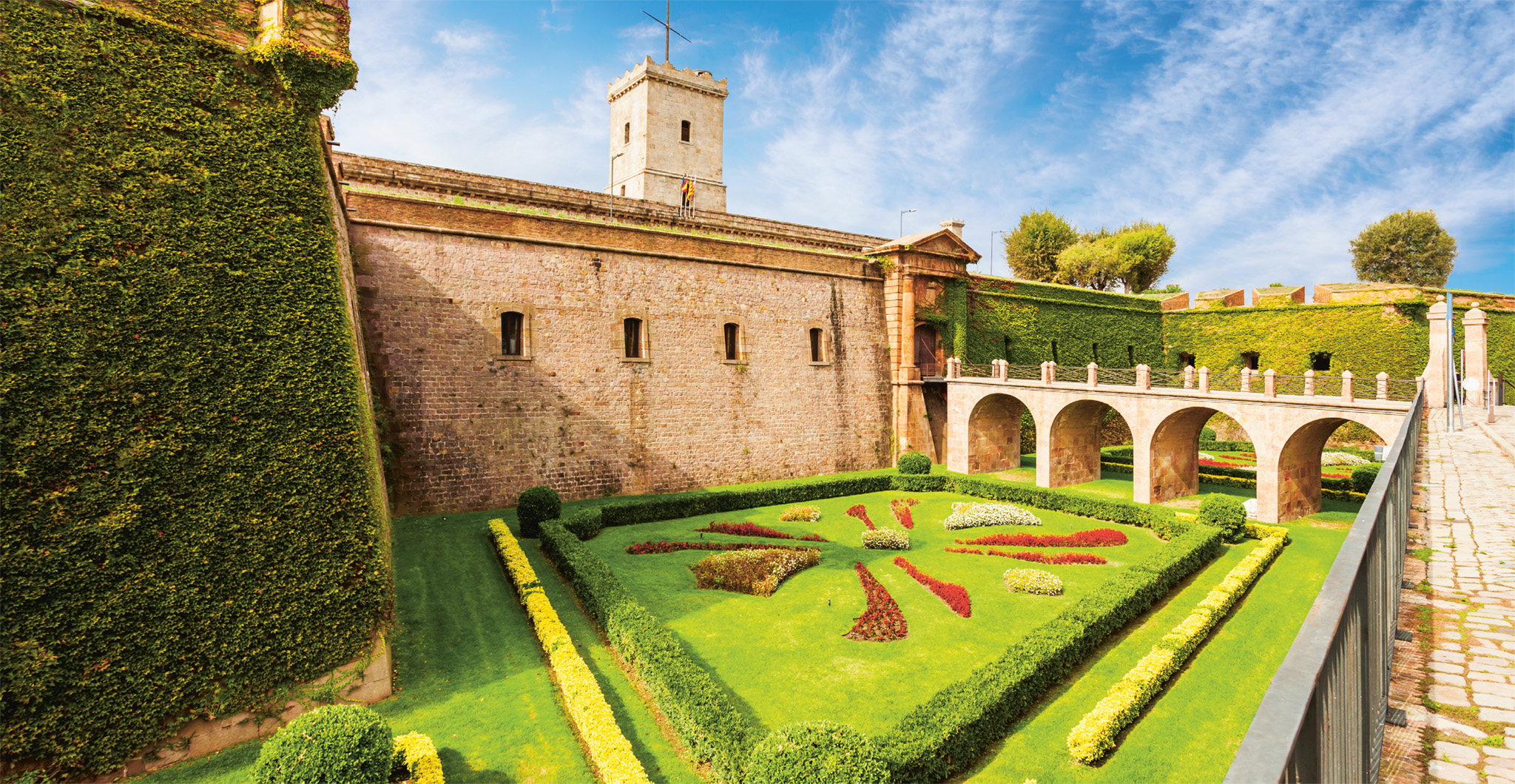
t Beautiful manicured gardens enclosed by the Castell de Montjuïc
The summit of Montjuïc is occupied by an 18th-century castle built for the Bourbon family. After the Civil War it became a prison, where the Catalan leader Lluís Companys was executed in 1940. It is now a peace museum.
EXPERIENCE Montjuïc
Joan Miró
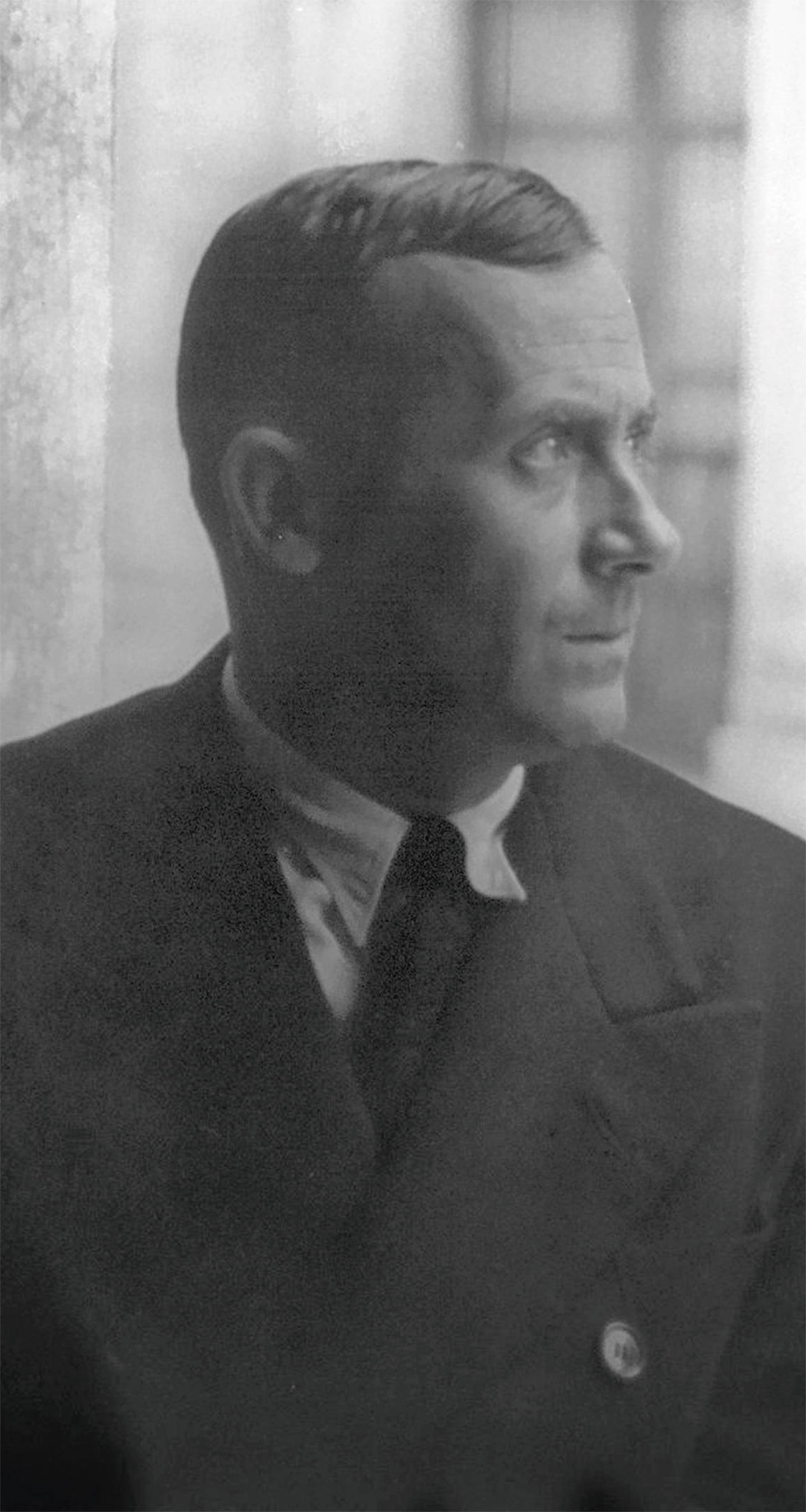
Joan Miró (1893–1983) studied at the fine art school at La Llotja. From 1919, he spent much of his time in Paris. Though opposed to Franco, he returned to Spain in 1940 and lived in Mallorca, where he died. An admirer of primitive Catalan art and Gaudí’s Modernisme, Miró remained a Catalan painter but developed a Surrealist style, with vivid colours and fantastical forms suggesting dream-like situations.
This handsome Modernista textile mill, designed by Puig i Cadafalch in 1911, now houses a glossy cultural centre run by the Caixa savings bank.
The Barcelona outpost of the CaixaForum runs a dynamic programme of activities here, including screenings, performances and workshops for all ages. It is also the main venue for major visiting art exhibitions and hosts some of the best temporary art shows in Barcelona.
Additionally, the centre houses a collection of contemporary art, and displays a rotating selection of its more than 800 pieces, by artists such as Donald Judd and Gerhard Richter. In the vestibule, you can admire Lucio Fontana’s neon cloud, and a mural by Sol LeWitt created specifically for this venue.
The popular Poble Espanyol (Spanish Village) was built for the 1929 International Exhibition to display Spanish architectural styles and crafts. Building styles from all over Spain are illustrated by 116 houses arranged on streets radiating from a main square.
Resident artisans produce crafts including hand-blown glass, ceramics, Toledo damascene and Catalan canvas sandals. There are many bars, restaurants, nightclubs and a flamenco tablao to explore here.
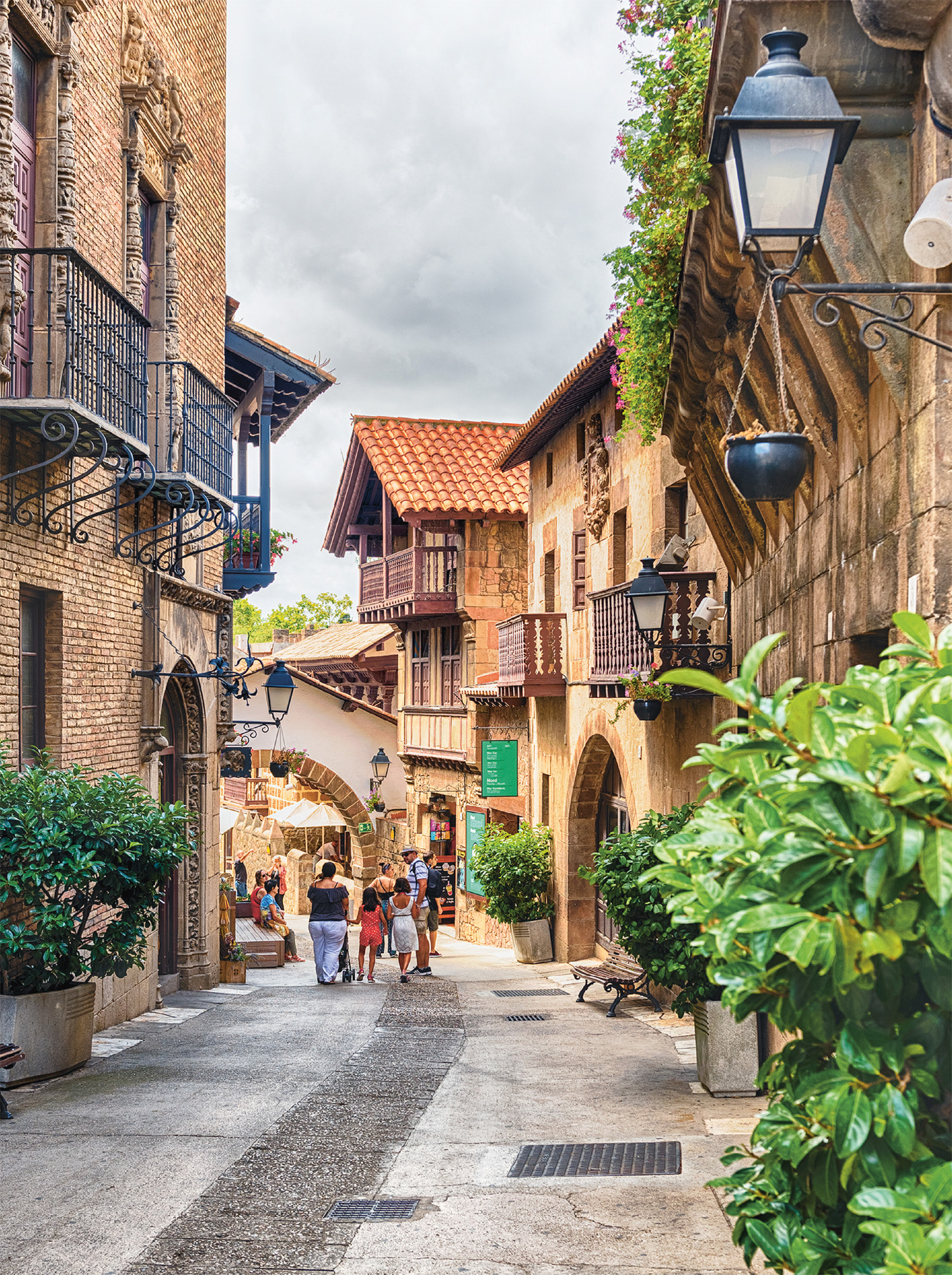
t Charming houses – some occupied by artisans – at Poble Espanyol
This Neo-Classical stadium was built by Pere Domènech i Roura in 1927 for the 1929 International Exhibition, as part of Barcelona’s bid to host an alternative to the 1936 Berlin Olympics. Its façade has been preserved, but the interior was refitted for the 1992 Olympics and now hosts concerts and sporting competitions. See the website for the programme of events.
Nearby are the Palau Sant Jordi indoor stadium, by Arata Isozaki, swimming pools by Ricardo Bofill and the Museu Olímpic i de l’Esport. The museum’s interactive exhibits feature sports idols and sports from different civilizations.
EXPERIENCE Montjuïc
|
Eat Font del Gat This simple little eatery is set in the Laribel gardens. It has a great-value set-lunch menu on weekdays, and offers Catalan classics with a modern twist. C7 ⌂ Passeig de la Santa Madrona 28 ¢ D § 932 89 04 04 ¡¡¡ Martinez Tuck into a heaped plate of paella at this harbour-front restaurant with fabulous views. E8 ⌂ Ctra Miramar 38 ∑ martinezbarcelona.com/en/ ¡¡¡ |
This square centres around a fountain built by Josep Maria Jujol. On one side of the square is the Avinguda de la Reina Maria Cristina, flanked by two brick campaniles. This avenue leads up to Carles Buigas’s Font Màgica (Magic Fountain). In the evening, from Wednesday to Sunday (October to May: Thursday to Saturday), its jets are programmed to a multicoloured music and light show.
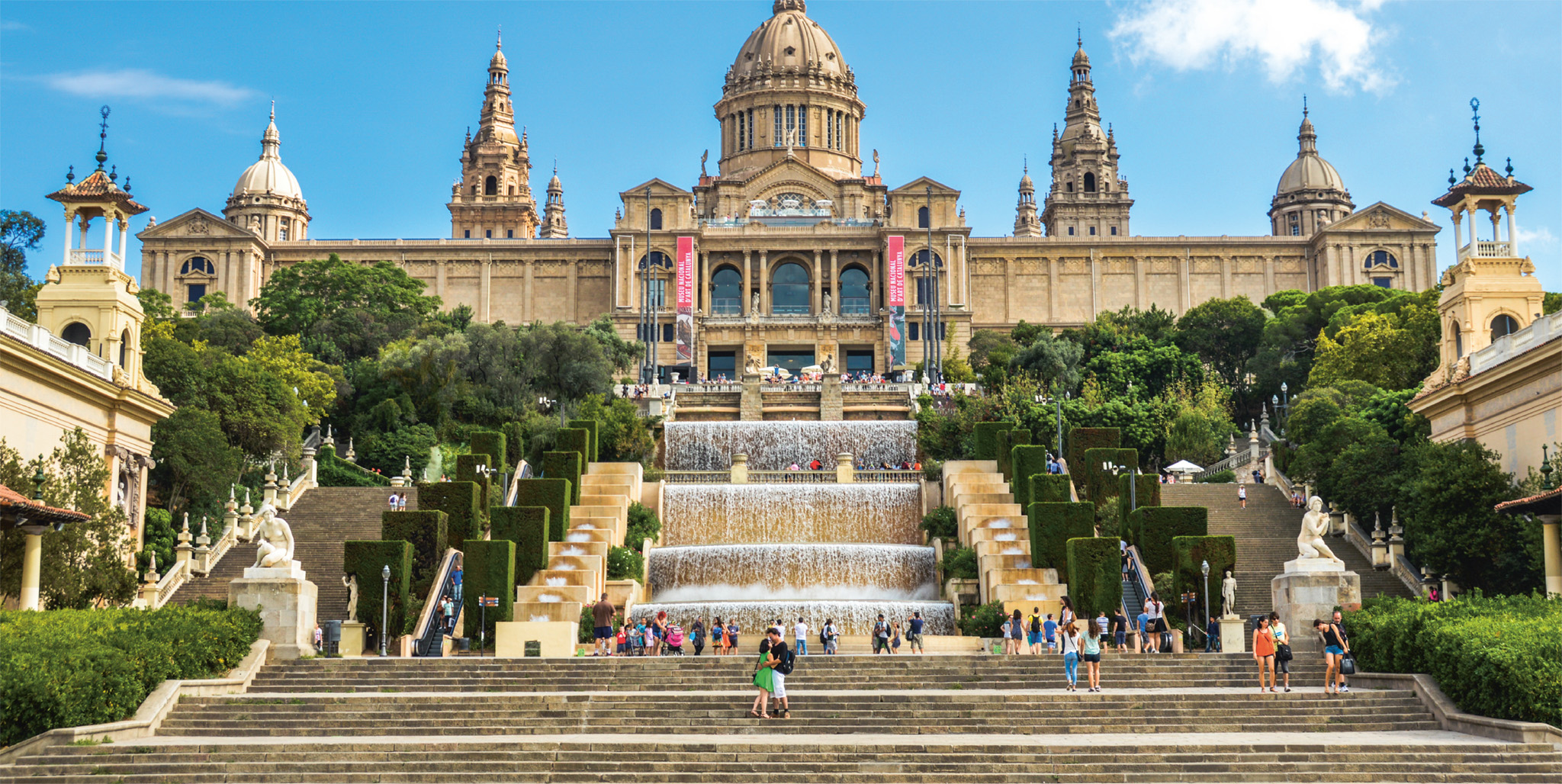
t The grand Museu Nacional d’Art de Catalunya (MNAC)
The handsome Palau Nacional was built for the 1929 International Exhibition, but in 1934 it was used to house an art collection that has since become the most important in the city. The resulting museum offers a rare opportunity to view more than a millennium worth of Catalan art in one location.
The museum has a superb display of Romanesque items, centred around a series of magnificent 12th-century frescoes taken from Catalan Pyrenean churches. These are beautifully displayed in purpose-built galleries that evoke the tiny mountain churches from which they originally came. The most remarkable is the mural group from Sant Climent in the Vall de Boí, which includes an impressive depiction of Christ in Majesty (Pantocrator).
The expansive Gothic collection covers the whole of Spain but particularly Catalonia, and includes artworks by outstanding Catalan artists such as Jaume Huguet and Bernat Martorell. The museum has also been enriched by a substantial endowment of notable Baroque and Renaissance works from the Thyssen-Bornemisza collection, which includes paintings by Tiepolo and Fra Angelico among others.
A fine collection of modern art includes Modernista furniture by Gaudí, and paintings by Picasso, Ramon Casas and Salvador Dalí.

t With its ornate dome paintings

Great View
Roof with a View
Don’t miss the amazing bird’s-eye views of the city from the Museu Nacional d’Art de Catalunya rooftop terraces. Access is included in the museum admission, or you can pay €2 if you just want to visit the rooftop.
